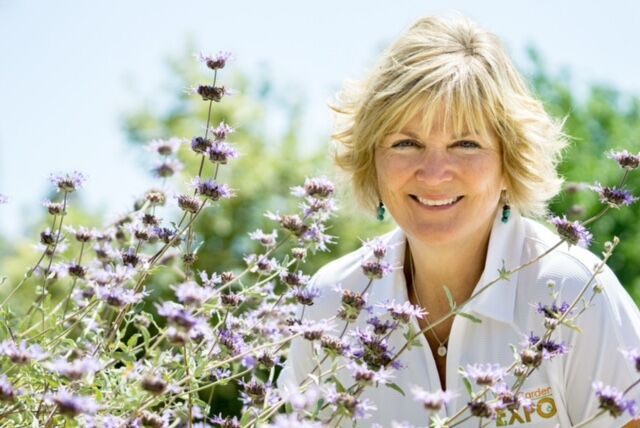
Marrianne Taylor. Dirt Therapy
By Marrianne Taylor
Summer is traditionally the peak time for harvesting the abundance grown from the vegetable garden. Sharing our delicious summer crops with friends and neighbors, some of us found the time to can or ferment what was left over from the season. Although the dog days of summer are still here, this is the ideal time to start preparing the garden beds for fall.
Milder and wetter fall weather allows a multitude of flavorful crops to thrive, such as Brussels sprouts, broccoli, cauliflower and kale, just to name a few. Insects are less of a bother as they hide from the cold, and the soil has better hydration retention as the daylight is decreasing and the night temperatures begin to drop.
If you want to start your plants from seeds, this is the time to sow your seeds before the night temperature drops around Halloween. If you choose to work with a six-pack of 4-inch plants, September is the best time to get plants in the ground, giving them time to mature before the cold nights set in.
Preparing the soil will be easy if you’ve been tending a vegetable garden and have kept up with the weeding, removal of diseased or spent plants, and didn’t walk on the soil. All you will need to do is clear the beds from the old plantings, aerate the soil, add some compost on top, and begin planting.
Alternatively, say the summer got away from you and your vegetable garden is a mess. Don’t worry—the same easy steps apply: weed, remove dead and diseased plants, remove fallen fruit or vegetables, loosen the soil, add compost and plant.
Prepping the Fall Garden:
- Weed: Remove the plants that have taken over the garden or that are no longer producing. You may keep tomatoes plants and herbs.
- Remove diseased plants, spent plants and fallen fruits: These plants harbor pests that will feed on your new plants. Only keep plants that are healthy and still producing.
- Freshen the soil: Remove the top layer of mulch and set aside. If it’s in good condition, reuse after planting. If not, use in another area. Straw and shredded leaves make great mulch, too.
- Loosen the soil: If it’s gotten compacted during the summer, fluff it up with a garden fork—no major tilling—just enough to let the new plant roots grow and absorb water.
- Amend the soil: Work in some compost, and be sure to have your planting layout done before adding compost. You can add individual amendments or a general organic fertilizer to increase nutrients for plants.
- Rake the garden site evenly: Remove any clumps and create furrow to catch the water.
Some of the best vegetables for a fall garden include:
- Beets
- Bok Choy
- Broccoli
- Bush beans
- Cabbage
- Carrots
- Cauliflower
- Kale
- Lettuce
- Peas
- Radishes
- Spinach
- Swiss Chard
- Turnips/Rutabagas
Of course, if this all sounds like too much work, or if you’d like a rest for the fall, you can always sow a green manure or cover crop and let your garden tend itself until spring.
Want to learn more about fall vegetable gardens? Join us at Fall Fest on Oct. 14 from 10 a.m.-5 p.m. at Reata Park and Event Center in San Juan Capistrano. General admission is $5, and children under 5 get in free. The event will include guest speakers, exhibitors, activities for children, bluegrass music, food trucks, craft beer and wine. Proceeds from the event benefit Goin Native Therapeutic Gardens’ educational programs. For more information, visit www.goinnative.net.
Marianne Taylor, of San Juan Capistrano, is the founder and executive director of Goin Native Therapeutic Gardens, a 501(c)(3) teaching gardening and life skills as a way of empowering, engaging and connecting people. Goin Native focuses on educating local families, special needs adults, seniors, at-risk youth and members of the military.



